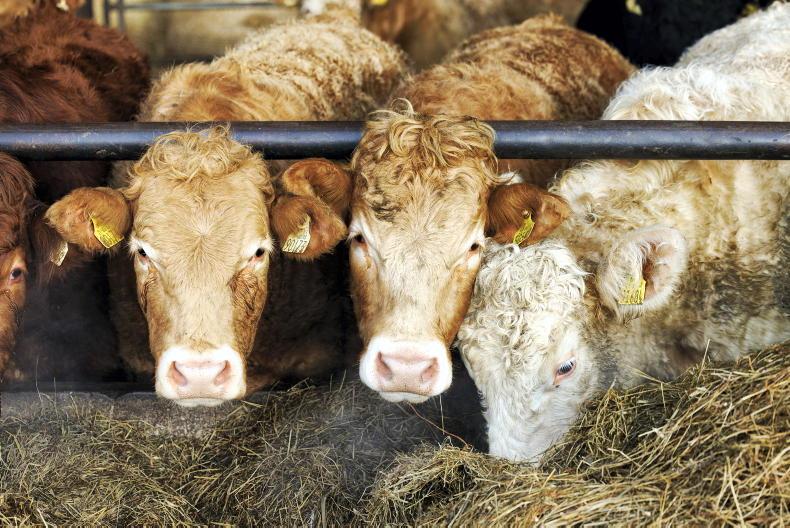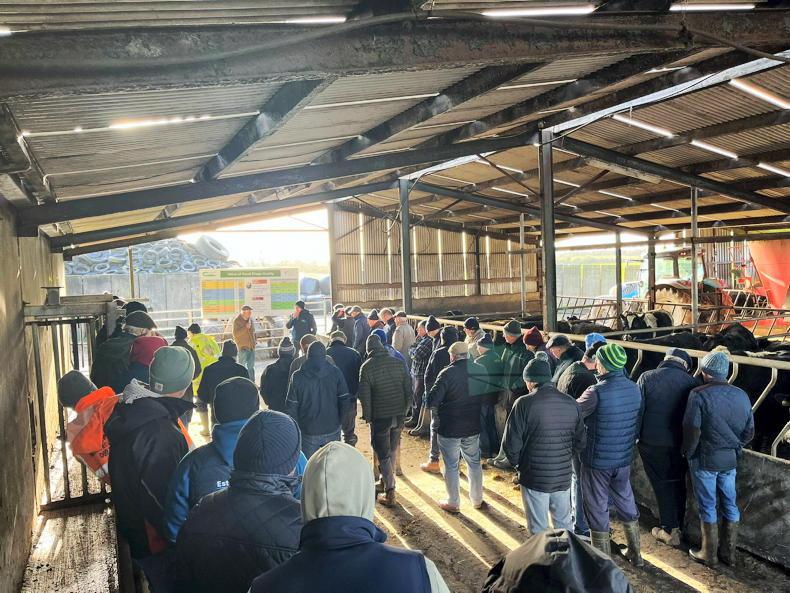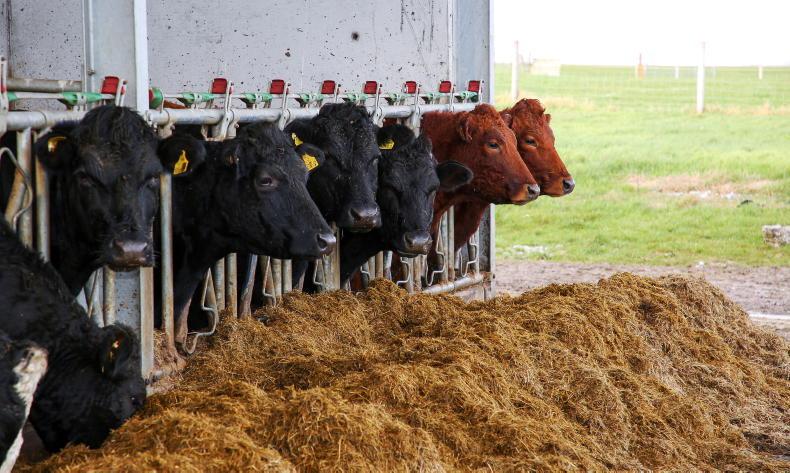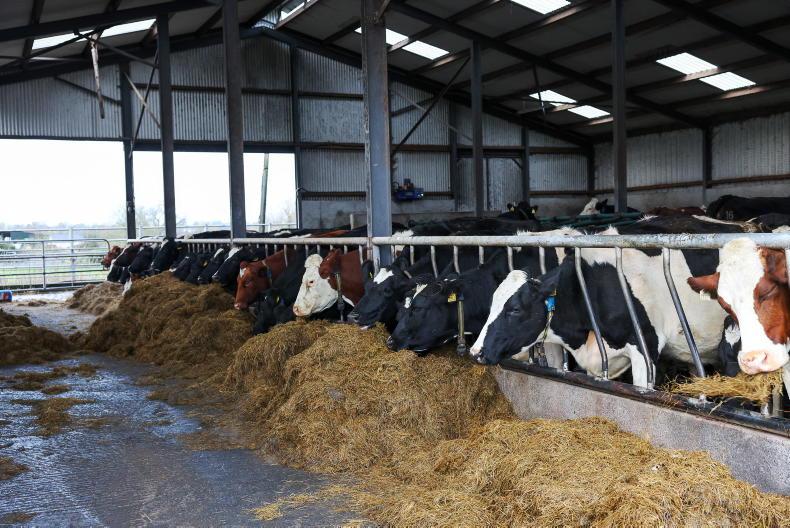It is difficult to predict next winter’s beef prices, so making quality silage is important.
Beef farmers will need to offset the rising costs by improving the quality of the grass silage they make this year.
This will allow them to cut back on concentrates fed, while still achieving target growth rates.
A farmer who is feeding weanlings 72% dry matter digestibility (DMD) silage instead of 67% DMD could save 1kg of meal/head a day (1kg v 2kg meal/day) and still maintain the same daily gain.
If this farmer is feeding 50 weanlings over 140 days, this would mean they would save seven tonnes (t) of ration.
How to achieve 72% DMD silage?
The biggest influence on whether you make a 72% DMD or 67% DMD grass silage is the date that the crop is cut.
Once the sward of mostly stem and leaf material is kept to a minimum, the quality will be high. This is usually the case until mid-May. From then onwards, quality will start to decrease as more stem develops.
Every week that cutting is delayed, the quality decreases by 2.5 to 3.0 DMD units.
If swards were not grazed this spring before closing, it is important to bring forward the cutting date. Lodging will have a significant impact on reducing silage quality.
If the aim is to make 72% DMD silage or higher, farmers will need to watch the crop closely from 20 May and have their contractor ready to go.
According to Teagasc, any silage crops that are not harvested until the early days of June are unlikely to be above 70% DMD.










SHARING OPTIONS